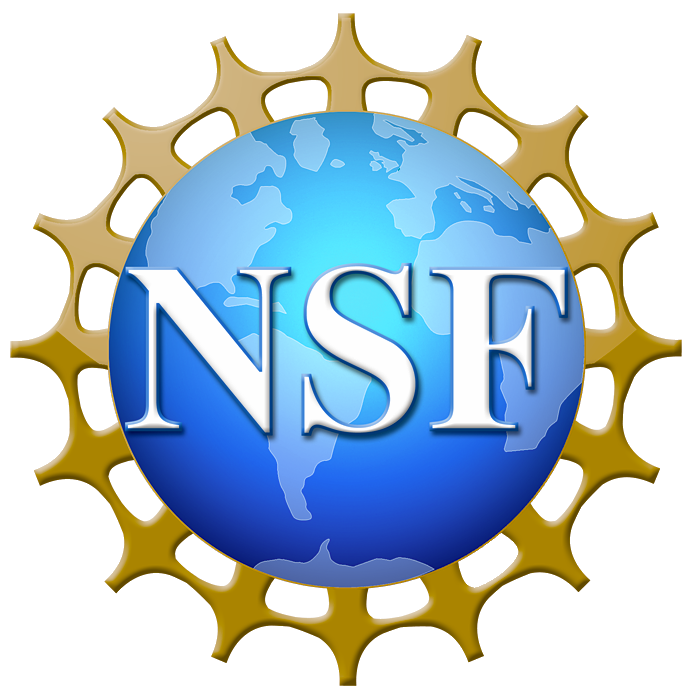Partners: IMDEA Materials Institute, Arizona State University y Los Alamos National Laboratory
Funding Organization: Spanish Ministry of Economy and Competitiveness (National R&D Programme for Societal Challenges) and National Science Fundation (Materials World Network)
Region: International
Project Period: 2013 – 2015
Principal Investigator: Dr. Jon Molina
Contact: Jon Molina (jon.molina@imdea.org)
Multilayered materials at the nanoscale exhibit exciting possibilities for extremely high strength, fatigue resistance, thermal resistance, wear resistance, and biocompatibility. Thus, designing layered structures at the nanoscale is a particularly attractive strategy for developing a new generation of multifunctional materials with tremendous possibilities. Nanolaminate materials have very different properties from traditional bulk composites, due to their much higher interfacial area and dramatically smaller length scale. This can lead to new types of deformation mechanisms, which are very different from those observed in bulk systems. It is clear that fundamental research on the mechanical behavior of metal/ceramic multilayers at the nanoscale is necessary for successful implementation of these materials in engineering applications. NANOLAM project proposes a collaborative research program to address several new exciting areas including: (i) synthesis and microstructural characterization of ultra-thick Al/SiC multilayers (in collaboration with Los Alamos National Laboratory, LANL) with minimal contribution from the underlying substrate; (ii) evolution of damage in ultra-thick nanolaminates under tensile and fatigue loading; (iii) high temperature nanoindentation and micropillar compression to elucidate creep mechanisms, (iv) continuum and atomistic simulations to rationalize experimental findings. State-of-the- art synthesis, characterization, mechanical testing and simulation techniques will be employed in the research.
IMDEA Materials will perform nanomechanical testing at high temperatures and will complement the multiscale modeling effort at LANL.
Funded by


